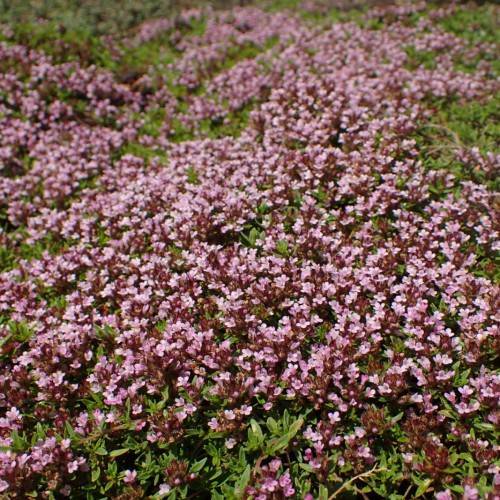
caraway thyme
Thymus herba-barona
Cycle:
Herbaceous Perennial
Watering:
Minimum
Hardiness Zone:
4 - 8
Flowers:
Flowers
Sun:
Full sun
Leaf:
Yes
Growth Rate:
Low
Maintenance:
Low
Drought Tolerant:
Yes
Salt Tolerant:
Yes
Care Level:
Medium
watering
Caraway Thyme should be watered deeply about once a week during the growing months, keeping the soil evenly moist but not soggy. Allow the top inch or so of soil to dry out before watering again. During the winter months, water considerably less, only giving enough to keep the soil from drying out completely. Avoid overwatering, as too much water can cause the plant's roots to rot.
sunlight
Caraway thyme (Thymus herba-barona) is a low-growing, aromatic culinary herb that thrives in warm climates with plenty of sunlight. For optimal growth, caraway thyme should be placed in sunny, well-drained areas and exposed to at least 6 hours of direct sunlight a day. In areas with harsher winter, partial shade during the hottest summer hours is recommended. Prolonged exposure to full sun, especially during the hottest months of the year, can be detrimental to the plant. Caraway thyme prefers mild, moderate climates with temperatures between 50-68°F during the day and 41-53°F at night.
pruning
Caraway Thyme should be pruned in early spring before new growth begins. Remove damaged and dead branches, as well as any dead flower heads. Pruning should be done lightly to maintain the natural shape of the plant. Prune no more than 1-third of the total foliage and stems in a single pruning session. When pruning larger plants, stagger the pruning of different branches over several weeks to preserve the overall shape of the plant.
